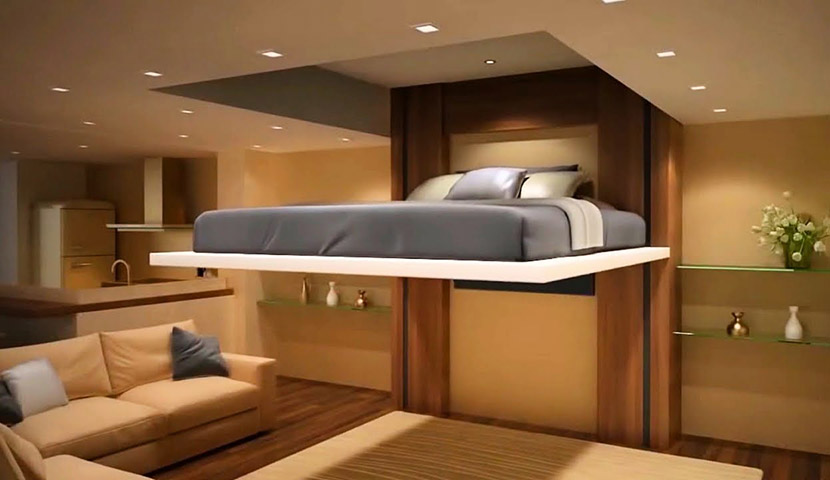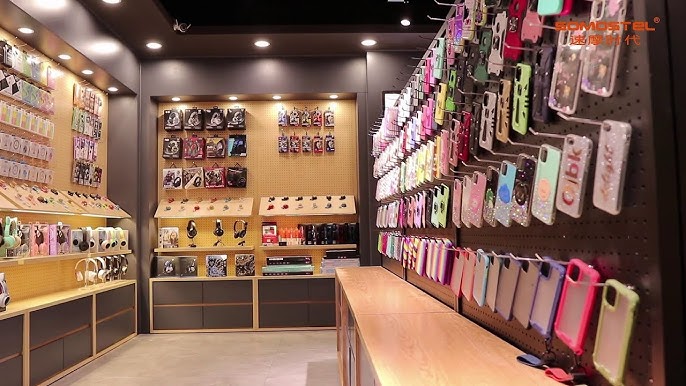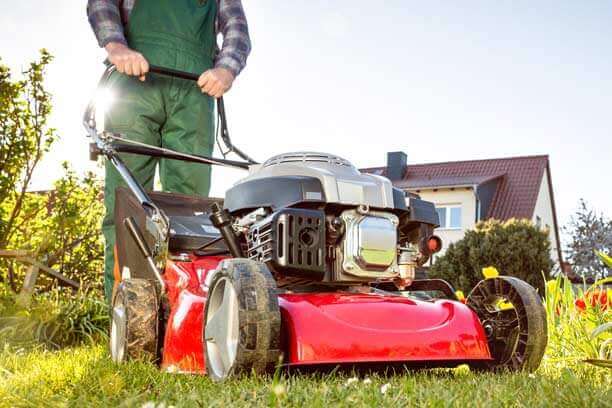What’s Driving the Surge in the Netherlands Smart Furniture Market?

Strong 8k brings an ultra-HD IPTV experience to your living room and your pocket.
In the Netherlands Smart Furniture Market, the Netherlands, long recognized for its forward-thinking design and sustainability ethos, is witnessing a transformative shift in its furniture industry. This shift is powered by smart furniture—a new generation of tech-integrated pieces that merge form and function through the Internet of Things (IoT) connectivity, automation, and sustainable innovation.
From voice-controlled recliners to height-adjustable desks that track posture and health metrics, the smart furniture sector in the Netherlands is not just a design trend but a reflection of evolving lifestyles, work habits, and ecological consciousness.
Below, we explore seven key drivers contributing to the rapid growth of this futuristic market.
1. IoT Penetration in Dutch Homes
The ever-increasing penetration of IoT devices into residential spaces is playing a pivotal role in propelling the Netherlands' smart furniture market. As Dutch households become more digitally connected—with smart lighting, thermostats, and home assistants becoming the norm—consumers are naturally embracing furniture that integrates with these ecosystems.
Smart beds that track sleep patterns and adjust mattress firmness, or coffee tables equipped with wireless charging and Bluetooth speakers, are no longer luxuries—they’re becoming expectations. This evolution aligns with the Netherlands’ position as one of Europe's most connected nations, where high-speed internet and tech literacy are widespread.
2. Urbanization and Space Optimization
The growing urban population in cities like Amsterdam, Rotterdam, and Utrecht has increased demand for space-saving, multifunctional furniture. In smaller living spaces, consumers are gravitating towards smart solutions that serve multiple purposes—think beds that fold into desks, or ottomans with built-in air purifiers.
Smart furniture helps Dutch residents maximize their living spaces, combining comfort, efficiency, and style—key requirements in a densely populated and design-conscious market.
3. The Rise of Hybrid Work Culture
The post-pandemic normalization of hybrid and remote work has redefined the concept of the “home office.” Dutch professionals are increasingly investing in ergonomic smart furniture like sit-stand desks with built-in wellness tracking, voice-activated lighting, and noise-canceling pods to improve productivity and comfort at home.
4. Sustainability and Circular Economy Integration
Sustainability is deeply ingrained in Dutch culture and policymaking. Consumers are not only seeking innovation—they want eco-friendly innovation. Smart furniture brands in the Netherlands are responding by integrating sustainable materials, energy-efficient components, and modular designs that support repairability and recyclability.
Initiatives aligning with the Dutch government’s circular economy goals for 2050 are also pushing manufacturers toward smart solutions that reduce waste and extend product life cycles. This includes furniture that self-monitors for wear and alerts users when components need replacement—minimizing unnecessary disposal.
5. Supportive Government Policies and Innovation Funding
The Dutch government has shown consistent support for digital transformation and smart home development, offering subsidies, grants, and incentives for innovation in tech-integrated living.
Programs such as the Digital Netherlands Initiative and local funding from innovation hubs like Brain port Eindhoven are empowering startups and established companies alike to develop smart home and furniture technologies. Additionally, the government’s commitment to 5G rollout and smart city infrastructure is laying the foundation for seamless integration of smart furniture into urban life.
6. Growth of Health-Conscious Consumer Behavior
Health and wellness are top priorities for Dutch consumers. Smart furniture that enhances physical well-being—such as posture-correcting chairs, massage-equipped sofas, or adjustable desks that remind users to move—are in high demand.
This growth is bolstered by the Dutch healthcare system’s increasing emphasis on preventative care and the aging population’s need for assistive technologies at home. The intersection of healthcare and home automation is a lucrative space, with many players innovating for elderly care through furniture that monitors vital signs and alerts caregivers if necessary.
7. Strong Design and Tech Collaboration Ecosystem
The Netherlands is globally known for its design excellence, particularly in furniture and architecture. Cities like Eindhoven and Amsterdam host world-renowned design schools and innovation centers, fostering a vibrant ecosystem where designers, technologists, and manufacturers collaborate on cutting-edge smart furniture solutions.
International events such as Dutch Design Week and Salone del Mobile (with strong Dutch participation) serve as platforms to showcase these innovations, building global interest and local pride. Dutch consumers, in turn, are more open to adopting high-design, high-tech furniture that aligns with both aesthetics and functionality.
Conclusion
The Netherlands stands at the forefront of a smart living renaissance, where connected devices are not just confined to phones or thermostats but are deeply embedded into the very furniture that defines modern life. Driven by IoT adoption, space efficiency needs, sustainability goals, hybrid work trends, government support, health-conscious behaviors, and a strong design-tech synergy, the Dutch smart furniture market is poised for sustained growth over the next decade.
Note: IndiBlogHub features both user-submitted and editorial content. We do not verify third-party contributions. Read our Disclaimer and Privacy Policyfor details.







